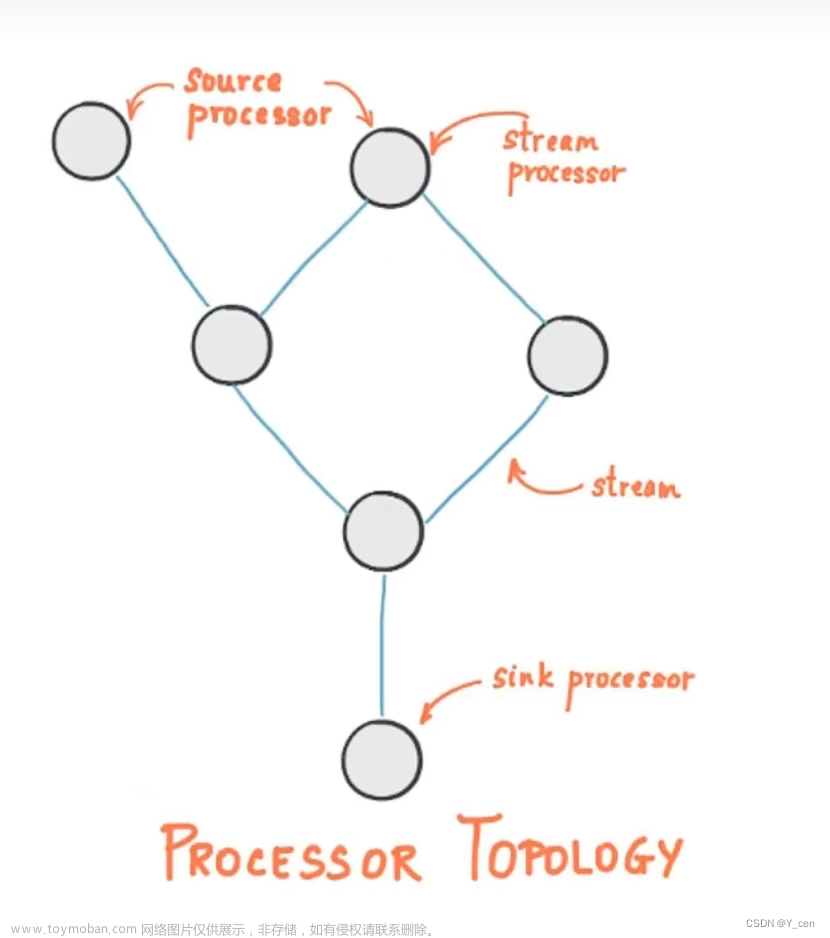⭐⭐⭐⭐⭐⭐
Github主页👉https://github.com/A-BigTree
笔记链接👉https://github.com/A-BigTree/Code_Learning
⭐⭐⭐⭐⭐⭐
如果可以,麻烦各位看官顺手点个star~😊
如果文章对你有所帮助,可以点赞👍收藏⭐支持一下博主~😆
12 Axios Ajax
12.1 Ajax概述
12.1.1 服务器端渲染

12.1.2 Ajax渲染(局部更新)

12.1.3 前后端分离
彻底舍弃服务器端渲染,数据全部通过Ajax方式以JSON格式来传递。
12.1.4 同步与异步
Ajax本身就是Asynchronous JavaScript And XML的缩写,直译为:异步的JavaScript和XML。在实际应用中Ajax指的是:不刷新浏览器窗口,不做页面跳转,局部更新页面内容的技术。
『同步』 和 *『异步』 *是一对相对的概念,那么什么是同步,什么是异步呢?
同步
多个操作按顺序执行,前面的操作没有完成,后面的操作就必须等待。所以同步操作通常是串行的。

异步
多个操作相继开始并发执行,即使开始的先后顺序不同,但是由于它们各自是在自己独立的进程或线程中完成,所以互不干扰,谁也不用等谁。

12.1.5 Axios简介
使用原生的JavaScript程序执行Ajax极其繁琐,所以一定要使用框架来完成。而Axios就是目前最流行的前端Ajax框架。
使用Axios和使用Vue一样,导入对应的*.js文件即可。官方提供的script标签引入方式为:
<script src="https://unpkg.com/axios/dist/axios.min.js"></script>
我们可以把这个axios.min.js文件下载下来保存到本地来使用。
12.2 Axios基本用法
12.2.1 测试
前端代码
<html>
<head>
<title>Axios Test</title>
</head>
<body>
<script src="https://unpkg.com/vue@3/dist/vue.global.js"></script>
<script src="https://unpkg.com/axios/dist/axios.min.js"></script>
<div id="app">
<button @click="commonParam">普通请求参数</button>
</div>
<script>
const { createApp } = Vue
const app = createApp({
data(){},
methods:{
commonParam:function (){
axios({
method:"post",
url:"/pro4_axios/AjaxServlet?method=commonParam",
data: {
userName: "tom",
userPwd: "123456"
}
}).then(function (response){
console.log(response);
}).catch(function (error){
console.log(error);
});
}
}
});
app.mount("#app");
</script>
</body>
</html>
后端代码
public class AjaxServlet extends ModelBaseServlet {
protected void commonParam(HttpServletRequest request, HttpServletResponse response) throws IOException {
String userName = request.getParameter("userName");
String userPwd = request.getParameter("userPwd");
System.out.println("userName = " + userName);
System.out.println("userPwd = " + userPwd);
response.setContentType("text/html;charset=UTF-8");
response.getWriter().write("服务器返回普通文本字符串");
}
}
axios程序接收到的响应对象结构
| 属性名 | 作用 |
|---|---|
| config | 调用axios(config对象)方法时传入的JSON对象 |
| data | 服务器端返回的响应体数据 |
| headers | 响应消息头 |
| request | 原生JavaScript执行Ajax操作时使用的XMLHttpRequest |
| status | 响应状态码 |
| statusText | 响应状态码的说明文本 |
服务器端处理请求失败后
catch(function (error) { // catch()服务器端处理请求出错后,会调用
console.log(error); // error就是出错时服务器端返回的响应数据
console.log(error.response); // 在服务器端处理请求失败后,获取axios封装的JSON格式的响应数据对象
console.log(error.response.status); // 在服务器端处理请求失败后,获取响应状态码
console.log(error.response.statusText); // 在服务器端处理请求失败后,获取响应状态说明文本
console.log(error.response.data); // 在服务器端处理请求失败后,获取响应体数据
});
response对象的结构还是和then()函数传入的回调函数中的response是一样的:

回调函数:开发人员声明,但是调用时交给系统来调用。像单击响应函数、then()、catch()里面传入的都是回调函数。回调函数是相对于普通函数来说的,普通函数就是开发人员自己声明,自己调用。文章来源:https://www.toymoban.com/news/detail-409939.html
12.2.2 发送请求体JSON
后端代码
Gson是Google研发的一款非常优秀的JSON数据解析和生成工具,它可以帮助我们将数据在JSON字符串和Java对象之间互相转换。文章来源地址https://www.toymoban.com/news/detail-409939.html
protected void requestBodyJSON(HttpServletRequest request, HttpServletResponse response) throws ServletException, IOException {
// 1.由于请求体数据有可能很大,所以Servlet标准在设计API的时候要求我们通过输入流来读取
BufferedReader reader = request.getReader();
// 2.创建StringBuilder对象来累加存储从请求体中读取到的每一行
StringBuilder builder = new StringBuilder();
// 3.声明临时变量
String bufferStr = null;
// 4.循环读取
while((bufferStr = reader.readLine()) != null) {
builder.append(bufferStr);
}
// 5.关闭流
reader.close();
// 6.累加的结果就是整个请求体
String requestBody = builder.toString();
// 7.创建Gson对象用于解析JSON字符串
Gson gson = new Gson();
// 8.将JSON字符串还原为Java对象
Student student = gson.fromJson(requestBody, Student.class);
System.out.println("student = " + student);
System.out.println("requestBody = " + requestBody);
response.setContentType("text/html;charset=UTF-8");
response.getWriter().write("服务器端返回普通文本字符串作为响应");
}
12.2.3 服务器端返回JSON数据
protected void responseBodyJSON(HttpServletRequest request, HttpServletResponse response) throws ServletException, IOException {
// 1.准备数据对象
Student student = new Student();
student.setStuId(10);
student.setStuName("tom");
student.setSchool(new School(11,"atguigu"));
student.setSubjectList(Arrays.asList(new Subject("java", 95.5), new Subject("php", 93.3)));
Map<String, Teacher> teacherMap = new HashMap<>();
teacherMap.put("t1", new Teacher("lili", 25));
teacherMap.put("t2", new Teacher("mary", 26));
teacherMap.put("t3", new Teacher("katty", 27));
student.setTeacherMap(teacherMap);
// 2.创建Gson对象
Gson gson = new Gson();
// 3.将Java对象转换为JSON对象
String json = gson.toJson(student);
// 4.设置响应体的内容类型
response.setContentType("application/json;charset=UTF-8");
response.getWriter().write(json);
}
到了这里,关于【JavaWeb】11—Axios Ajax的文章就介绍完了。如果您还想了解更多内容,请在右上角搜索TOY模板网以前的文章或继续浏览下面的相关文章,希望大家以后多多支持TOY模板网!













